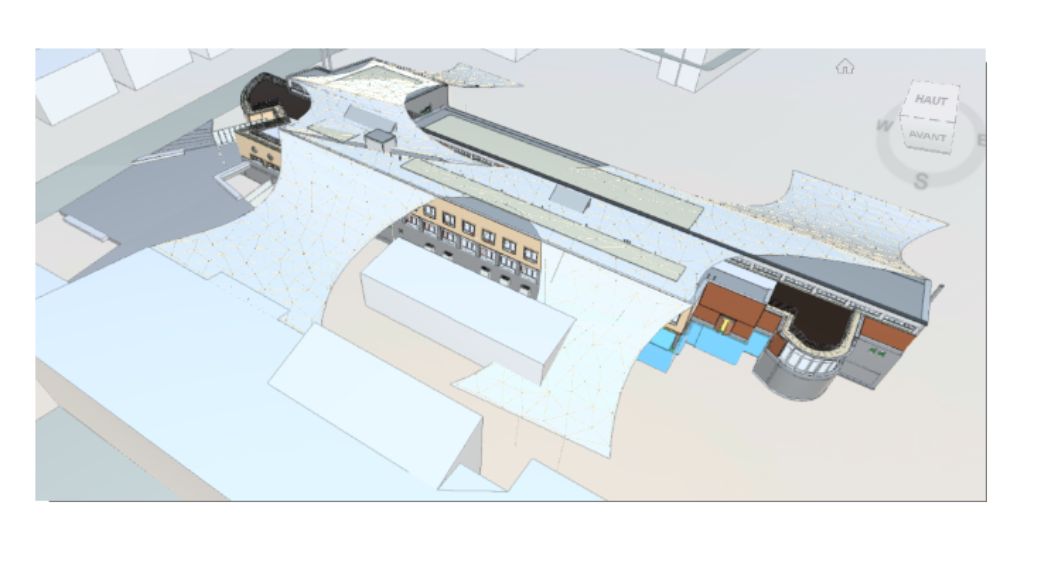
The DeMo research project aims to develop a method linking design and ecology in order to integrate semi-natural habitats into the built environment (built ecosystems). It combines urban design, ecology, modeling, and digital technologies with the aim of resolving the dilemma between the small scale of the artifact/construction and that of the landscape in order to promote and manage urban biodiversity.
The loss of biodiversity linked to urban sprawl and habitat fragmentation requires a rethinking of development practices. Current approaches to integrating biodiversity into urban planning, such as Design with Nature (McHarg, 1976), aim to achieve maximum social benefits at minimum social cost. While the goal of “zero net loss” of biodiversity already guides many strategies, current approaches often remain limited.

DeMo aims to go further and takes another step forward by proposing Design for Nature. The project focuses on biodiversity, smart cities, facilities, and services, and is therefore in line with the Sustainable Development Goals (SDGs).
By considering urban planning and architecture as levers, the research project transforms buildings and urban landscapes into true built ecosystems, connected to ecological networks and beneficial to human well-being.
With this in mind, the first step is to conduct an ecological assessment combining field data, species distribution models, and ecological modeling using the SimOïko tool to evaluate the presence and viability of populations at different scales. This assessment then serves as the basis for urban and landscape planning, integrating ecological networks and the hierarchy of mitigation measures to identify areas to be preserved, developed, or compensated. Finally, the local design of projects aims to transform built artifacts into habitats suitable for species, and the analysis of population viability provided by ecological modeling provides information on the overall benefits expected at the local level, hence the importance of the multi-scale approach.
The goal is to design and test an economic model and a joint biodiversity management system so that property owners/investors can make truly green decisions throughout the life cycle, not just predict energy performance.